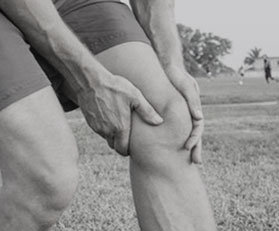Knee Ligament Injuries
There are four main ligaments in the knee, each of which plays a role in regular movement. The two cruciate ligaments – the ACL and PCL – are located in the back and centre of the knee, controlling its rotation and forward-backward movements. Collateral ligaments – the MCL and LCL – stabilise the knee’s inner and outer sides.
Though some are more susceptible to injury than others, all can be damaged in sports and can sideline a player for the rest of the season. If a damaged ligament has put your game on hold, contact Orthopaedics SA for expert assessment and treatment.


















